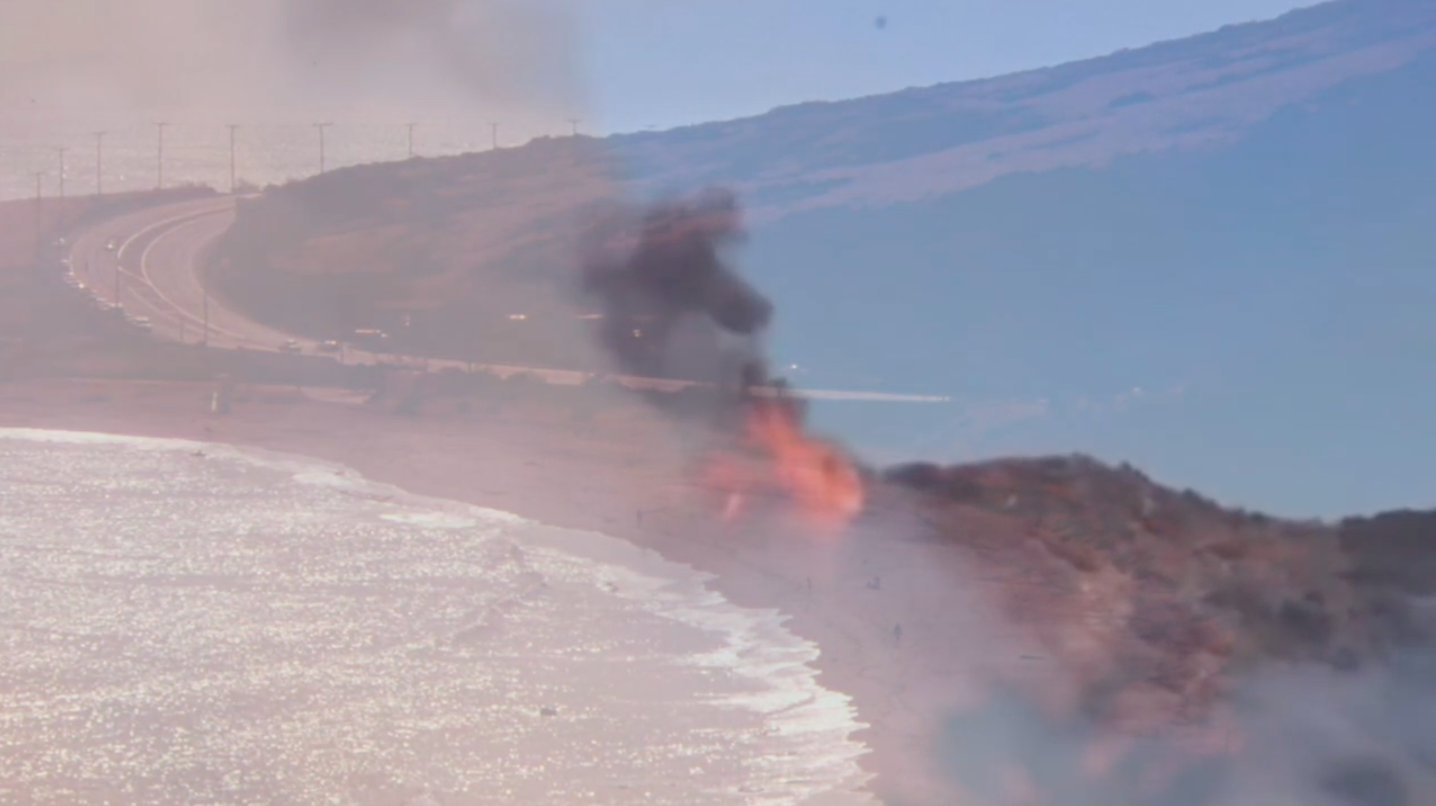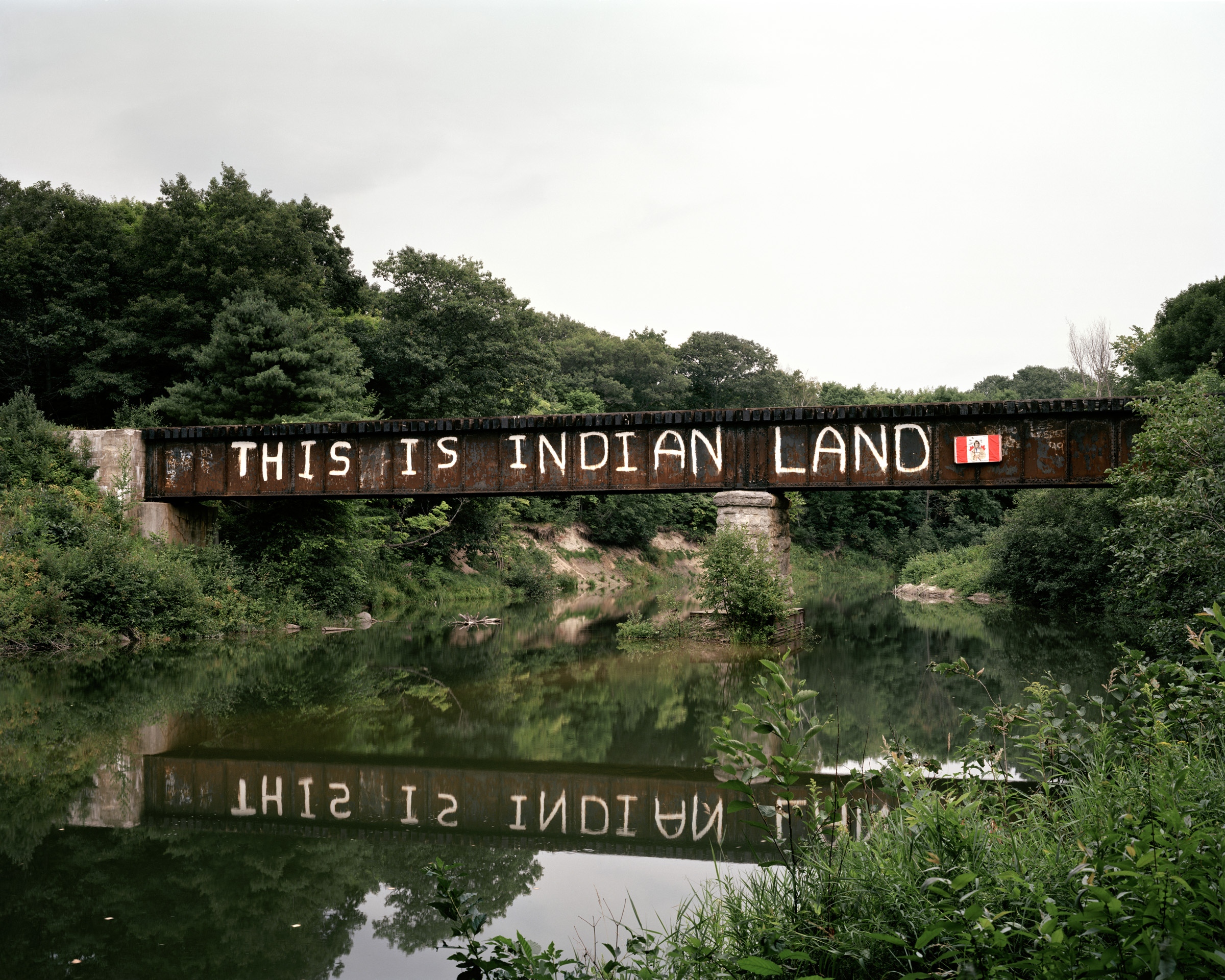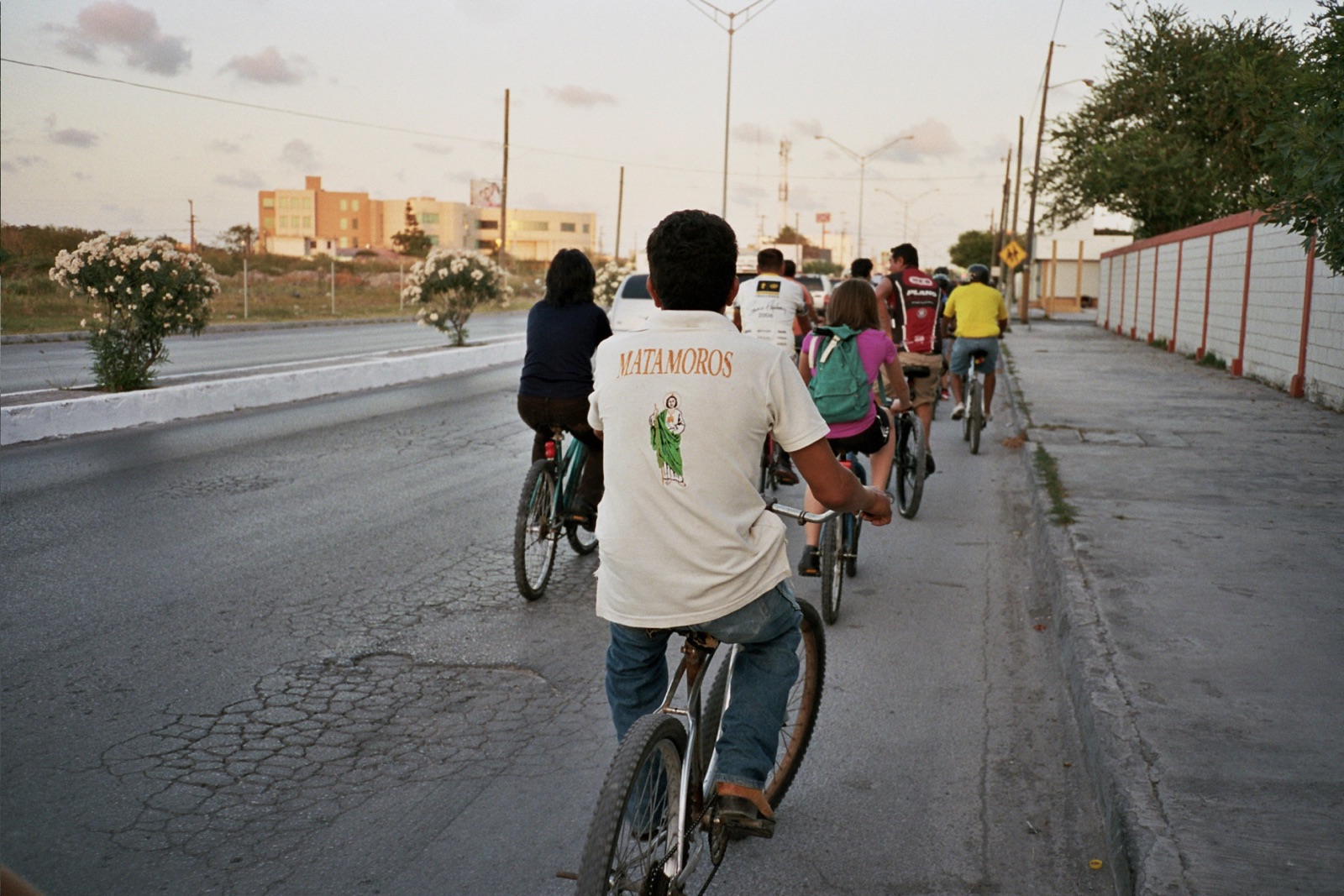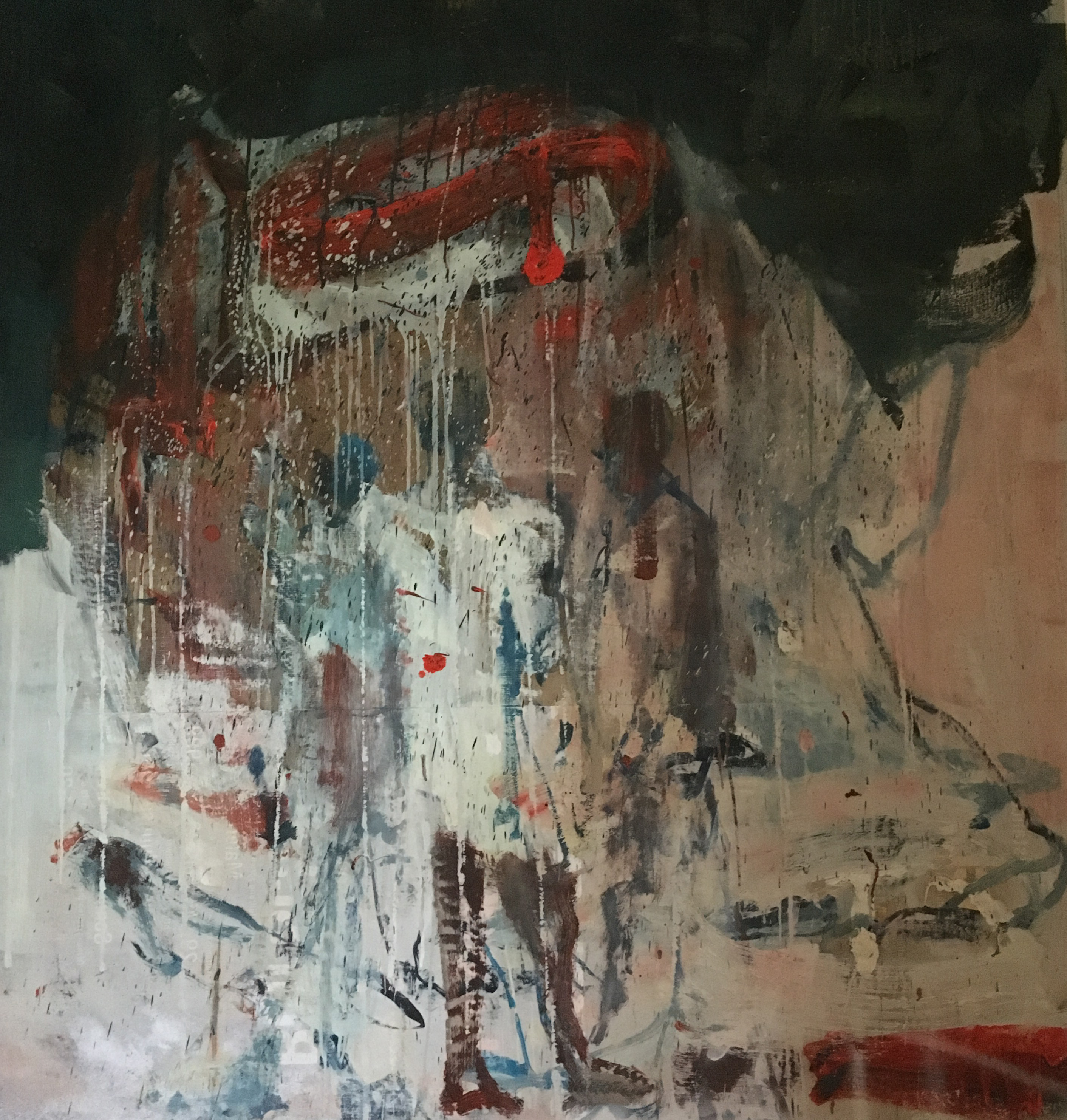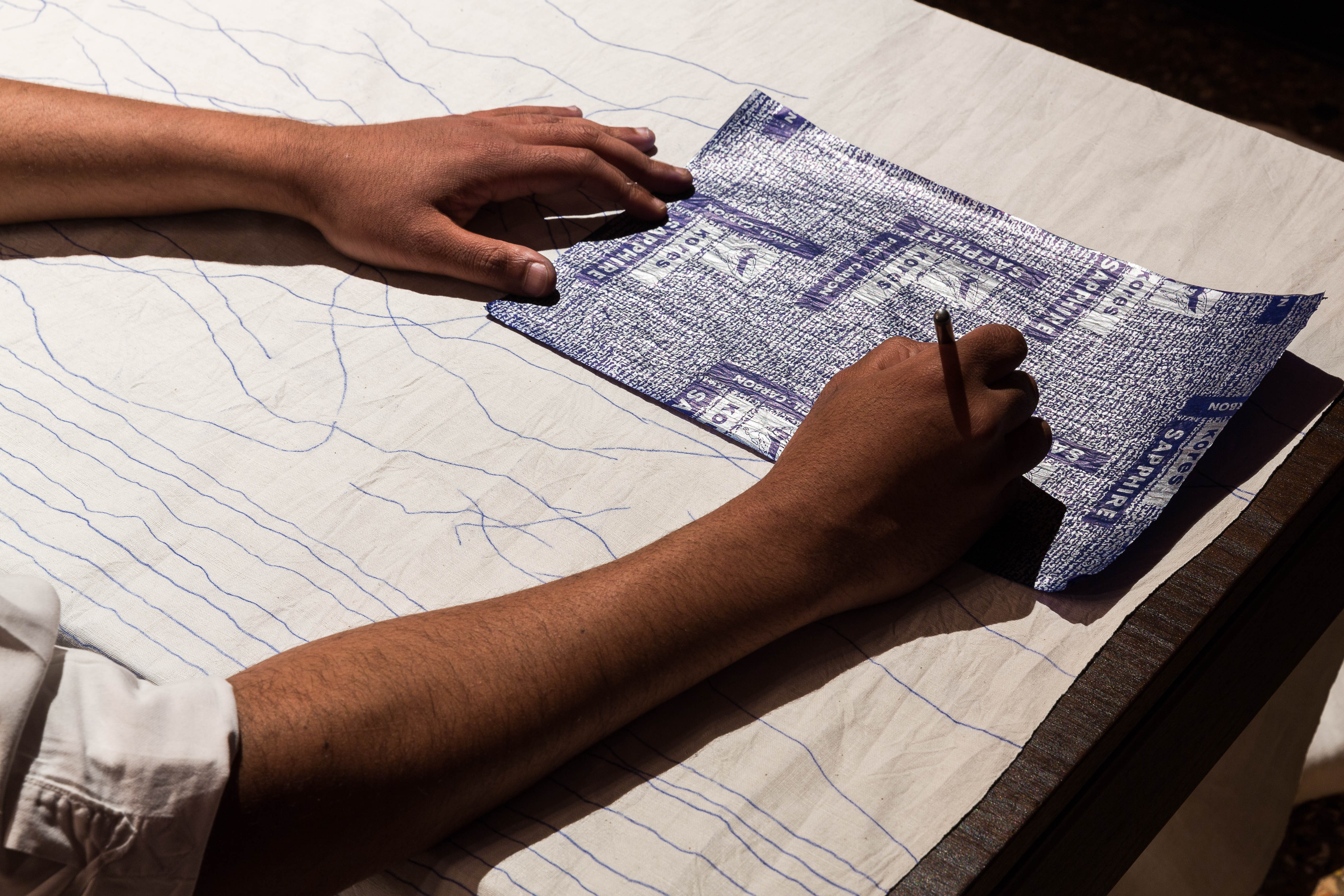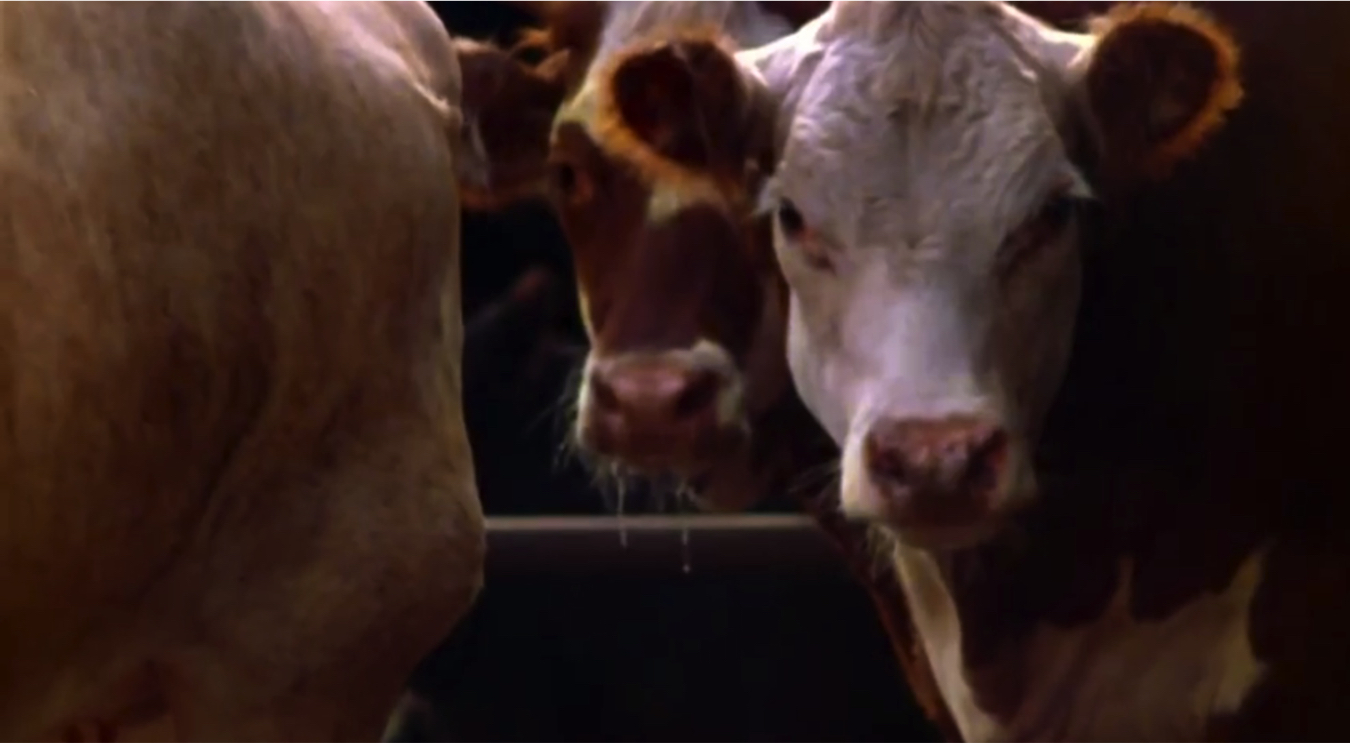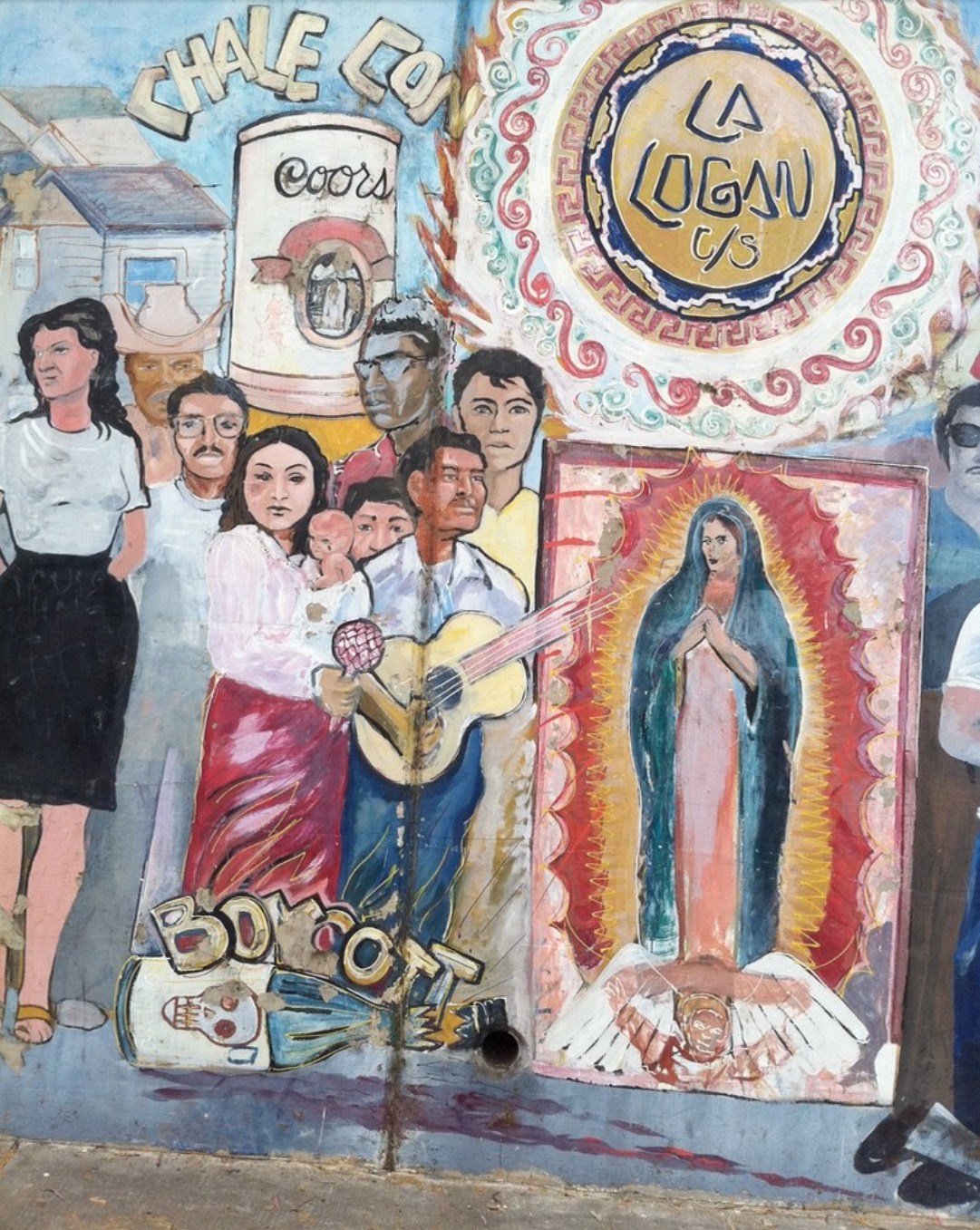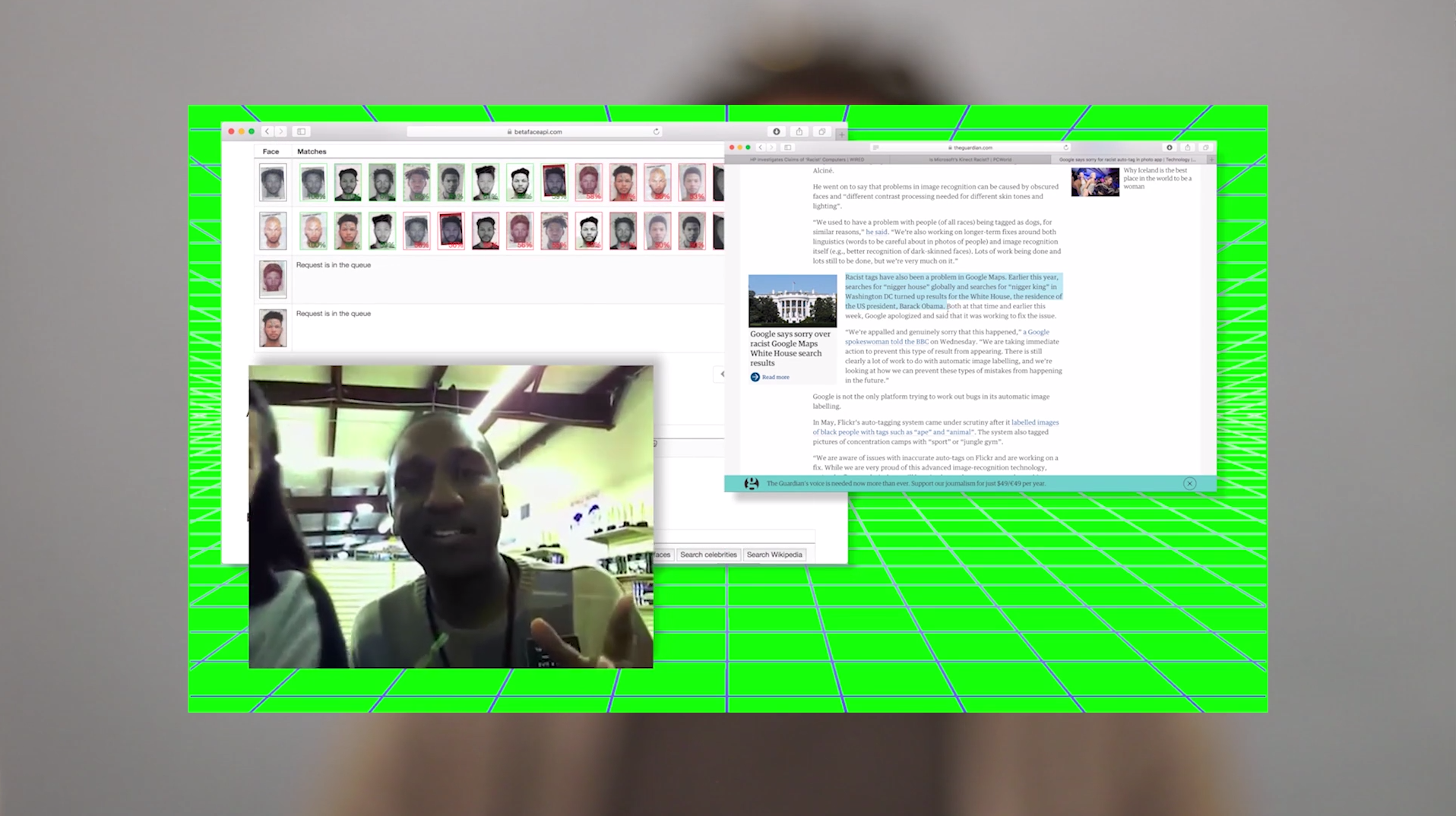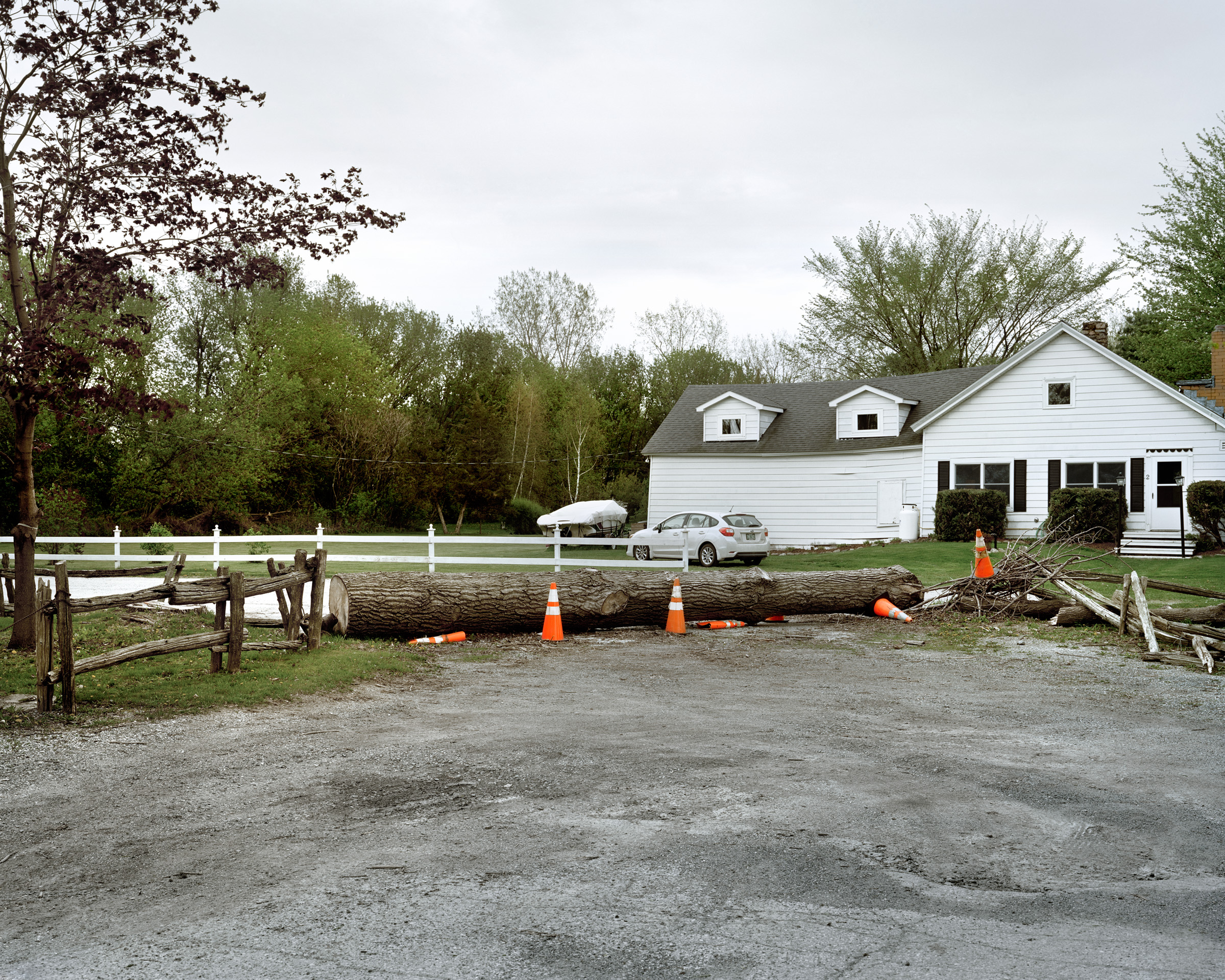Introduction / Issue 26: Border Crossings / Special Double Issue 25 & 26
In 1998, students in the University of Rochester’s Visual and Cultural Studies graduate program founded InVisible Culture as an open-access, online journal, featuring peer-reviewed scholarly articles, artworks and other creative projects, book and exhibition reviews, and other short writings. This spring, InVisible Culture proudly publishes its 25th issue. To celebrate this milestone, we present a double issue of the journal – Security and Visibility and Border Crossings – along with a number of special contributions from University of Rochester faculty. This special insert includes short essays by Visual and Cultural Studies Graduate Program Director Rachel Haidu, Chair of the Department of Art and Art History Joan Saab, and Director of the Film and Media Studies Program Jason Middleton, as well as an interview with renowned art historian Douglas Crimp about his memoir Before Pictures. Additionally, members of InVisible Culture’s Editorial Board collaborated with the George Eastman Museum in Rochester, NY, to curate a film series that expands Issue 25’s theme into a cinematic register. The series, titled (InVisibility) was screened at the Dryden Theatre in the …

